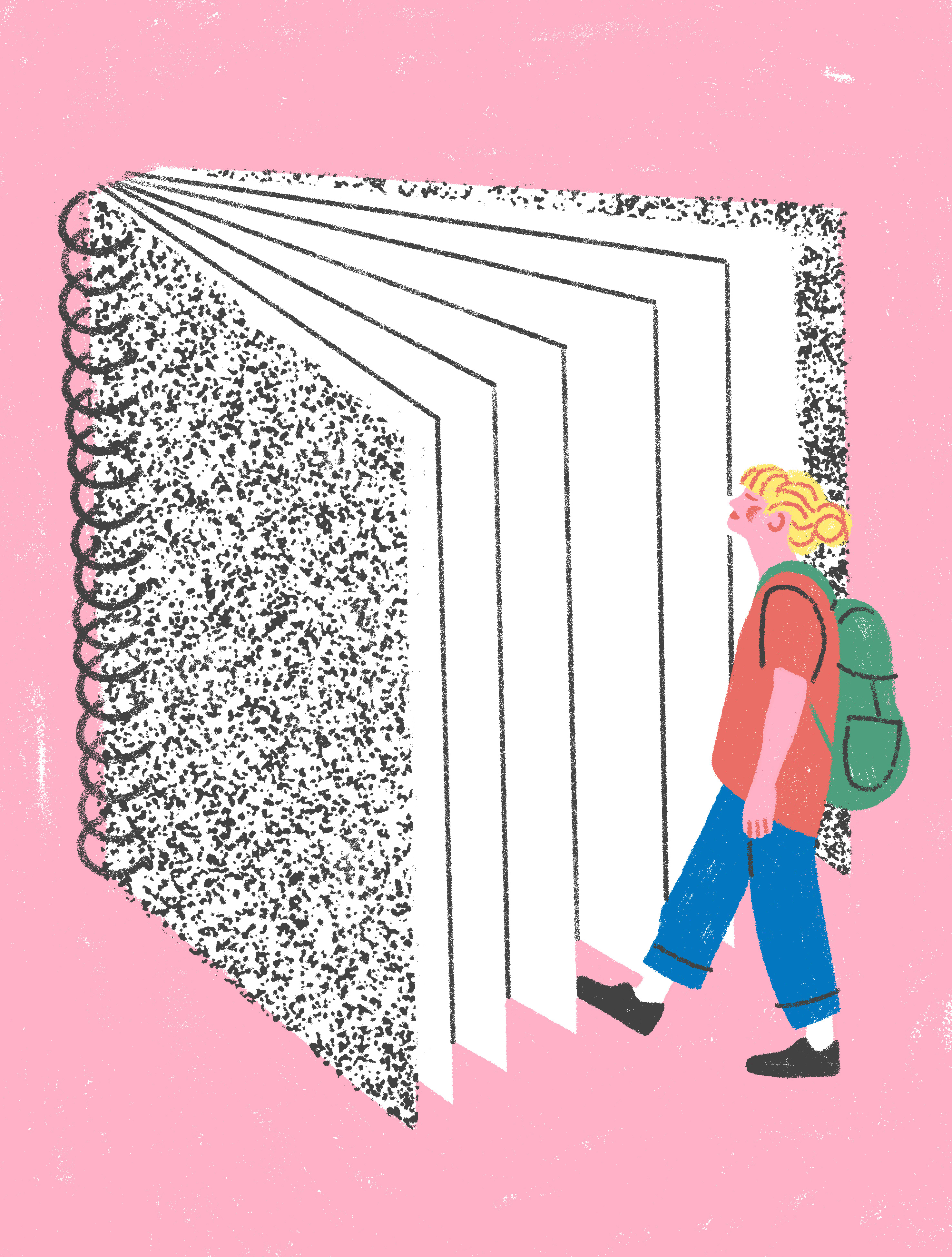
Desenhamos uma ferramenta para o Paraná Indígena.
Neste material, também fizemos a proposta de um mapa Paraná Indígena: com dados sobre a população, as 27 terras indígenas em diferentes estágios de regularização (terras demarcadas e terras ainda não homologadas), e também ilustramos as questões do deslocamento dos indígenas neste território. O material foi lançado no dia 3 de dezembro de 2019, em uma audiência pública para discutir as urgências dos povos indígenas deste estado e dar visibilidade a estas demandas,. Na mesa, estavam diversas lideranças indígenas de aldeias de diferentes localidades (Eloy Jacintho, Elza Fernandez, Everton Lourenço, Albert Pietro Paraná, Laércio da Silva, e Juliana Kerexu), o deputado estadual Goura (PDT), o procurador de justiça aposentado do Ministério Público do Paraná (MP-PR), Luiz Eduardo Canto de Azevedo Bueno. Também participaram pela FUNAI o antropólogo Mauro Leno e a indigenista Caroline Wilrich; a professora Edilene Coffaci de Lima do curso de Antropologia da UFPR e o promotor do MP-PR, Rafael Osvaldo Machado Moura. Acreditamos neste material como uma ferramenta para propagar as atualidades, desmistificar a imagem romantizada do indígena e criar um território para que os indígenas no Paraná se apropriem. Paraná é terra indígena.
A convite da designer e ilustradora Caroline Lemes, o artista de origem indígena Wapichana Gustavo Caboco, foi chamado para ilustrar e organizar o material gráfico nomeado Paraná Indígena. Trata-se de uma proposta do Mandato Goura (PDT) impressa em formato de cartilha, que tem como objetivo romper preconceitos com os povos indígenas e informar a população sobre os contextos básicos e demandas dos indígenas no Paraná. No material, apresentamos quais são os povos indígenas deste território (Guaranis, Kaingangues, Xetás), uma linha do tempo com o contexto histórico no paraná (sambaquis, guerras, constituição), apontamos alguns dos problemas enfrentados nas aldeias hoje e as necessidades específicas em algumas delas (como carência de água e saneamento básico), mostramos dados sobre a educação escolar indígena e a atuação dos povos indígenas na Assembleia Legislativa e também produzimos um infográfico sobre o funcionamento da saúde indígena neste território (as relações com a SESAI e o SUS). Cabe aqui mencionar sobre este último tópico, que foi no dia 27 de março de 2019, que pela primeira vez (!) os indígenas ocuparam a Tribuna da Assembleia Legislativa do Paraná e tensionaram as questões de saúde reivindicando manutenções no sistema da Sesai e também na luta à não extinção deste órgão. "A Sesai garante a qualidade do atendimento dos nossos povos. O ministério da Saúde está fazendo uma reformulação sem nos consultar e isso, para nós indígenas, vai se traduzir em morte, desrespeito e agressão às vidas dos nossos povos", disse Eloy Jacintho, líder Guarani.
We designed a tool for Paraná Indígena.
Wapichana indigenous artist Gustavo Caboco was invited by the designer and illustrator Caroline Lemes to illustrate and organize the graphic piece called Paraná Indígena. The initiative was conducted by the state congressman Goura Nataraj (affiliated to the Democratic Labour Party) during his term in office and was printed as an educational booklet with the objective of combating prejudice against indigenous peoples and informing the general population about their basic contexts and needs. Among the content of the booklet, there is information about the Brazilian natives that occupy lands in Paraná (Guaranis, Kaingangues, Xetás), a timeline of their historical context in the territory (sambaquis, wars, constitution), outlines to the problems faced inside their communities (such as water scarcity and lack of basic sanitation services) and specific needs that should be addressed. There is also data about indigenous schooling, actions performed in the local house of representatives and an infographic exclusively developed for this material figuring the current healthcare initiatives in the system (their relations with the indigenous health secretariat - SESAI - and the unified healthcare system - SUS). It is important to highlight that it was only on March 27th, 2019 the first time that indigenous people occupied their space in the local tribune and tensioned health matters, claiming for maintenances to the SESAI system and for positioning against the extinction of the institution. "SESAI guarantees quality treatment to our people. The Ministry of Health is reformulating it without consulting us, which translates their approach into death, disrespect and aggression to the lives of our peoples", said Eloy Jacintho, Guarani leader.
The booklet also includes a proposal for a Paraná Indígena map, with population data, information on the 27 indigenous lands going through different stages within the regularization process currently established by applicable regulations, and an illustration showing the paths trailed in their course inside the territory. The graphic material was released on Dec. 3rd, 2019 in a public hearing to discuss the urgencies of the indigenous of the state and to attract visibility to their demands. Indigenous authorities from several communities placed in different ubications attended the session (Eloy Jacintho, Elza Fernandez, Everton Lourenço, Albert Pietro Paraná, Laércio da Silva, and Juliana Kerexu), along with the state congressman Goura (PDT) and the so retired justice attorney of the state attorney’s office (MP-PR), Luiz Eduardo Canto de Azevedo Bueno. Representing the national indigenous foundation (FUNAI), other specialists also attended the session: anthropologist Mauro Leno and the indigenist Caroline Wilich, professor Edilene Coffaci de Lima from the federal state university (UFPR) and the MP-PR district attorney Rafael Osvaldo Machado Moura. Our studio strongly believes that this material works as a tool to inform and update about the current situation, demystifying the romanticized image of the indigenous and that it plays an important role in creating the space (material and immaterial) meant to be appropriated by the indigenous peoples of Paraná. Paraná is indigenous land.

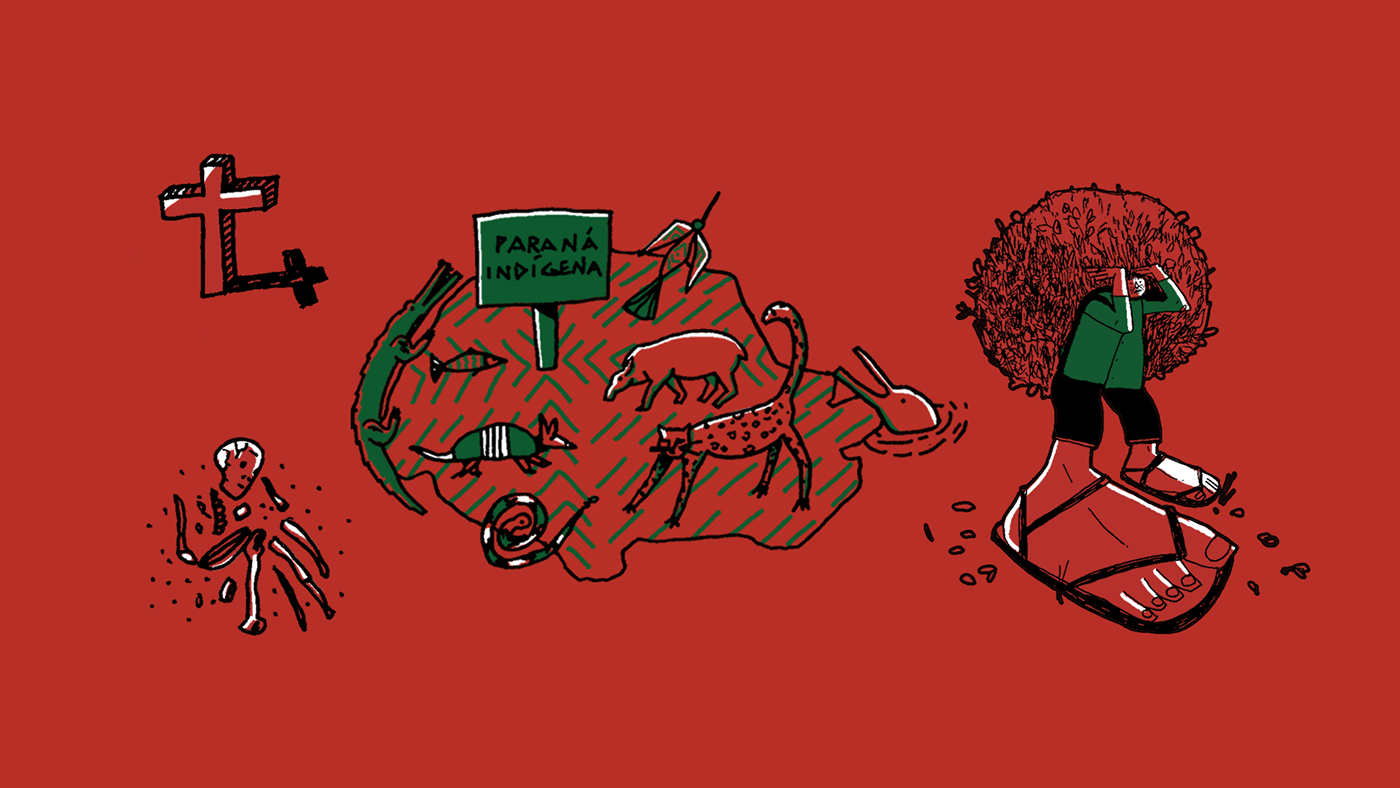
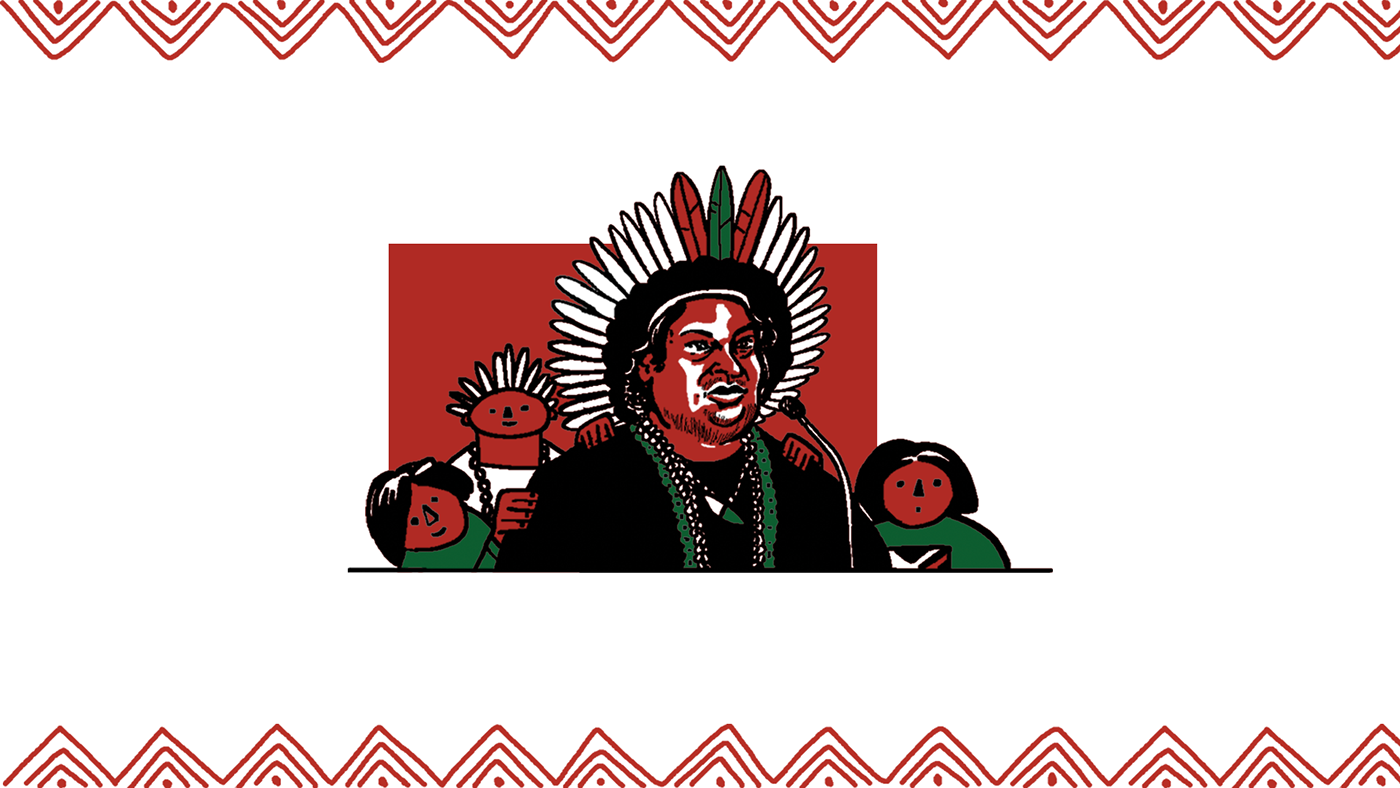
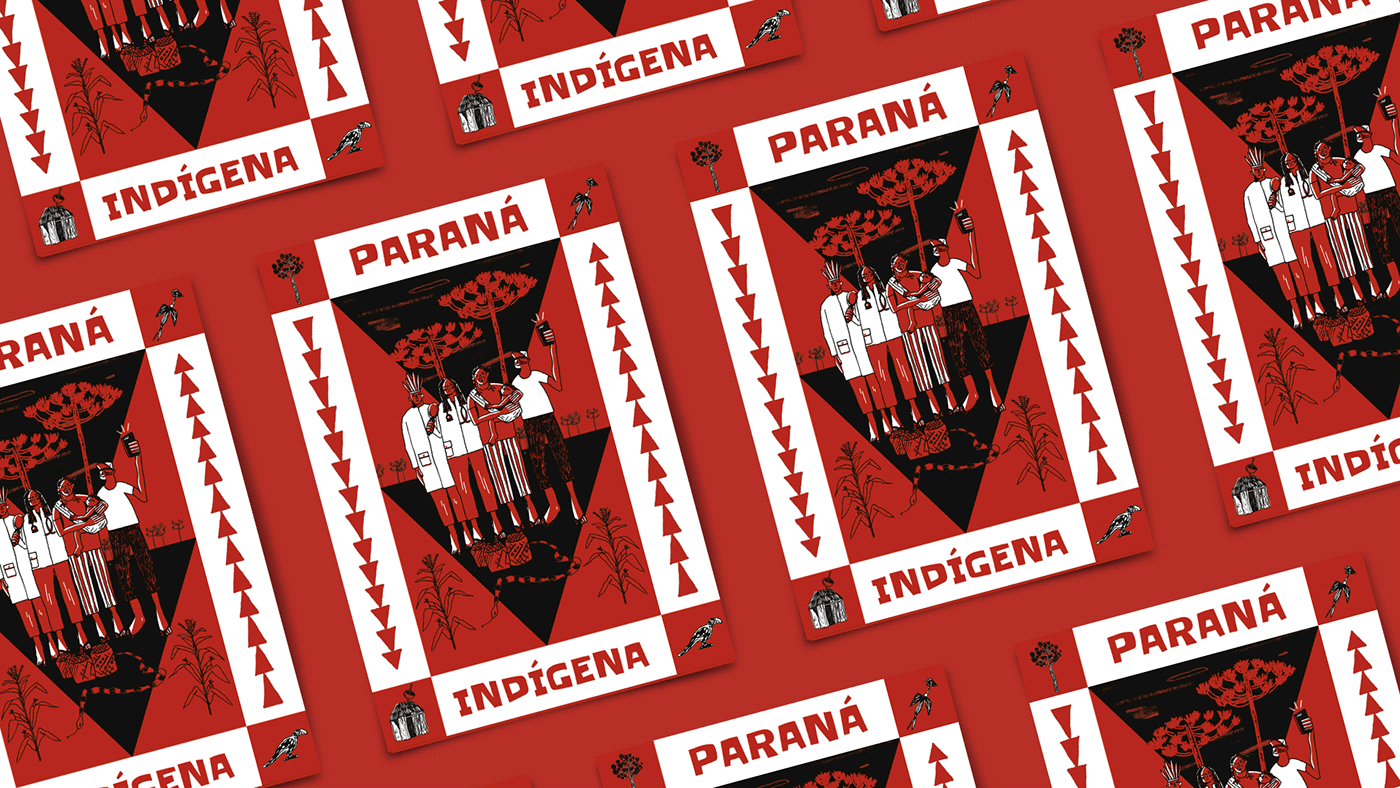
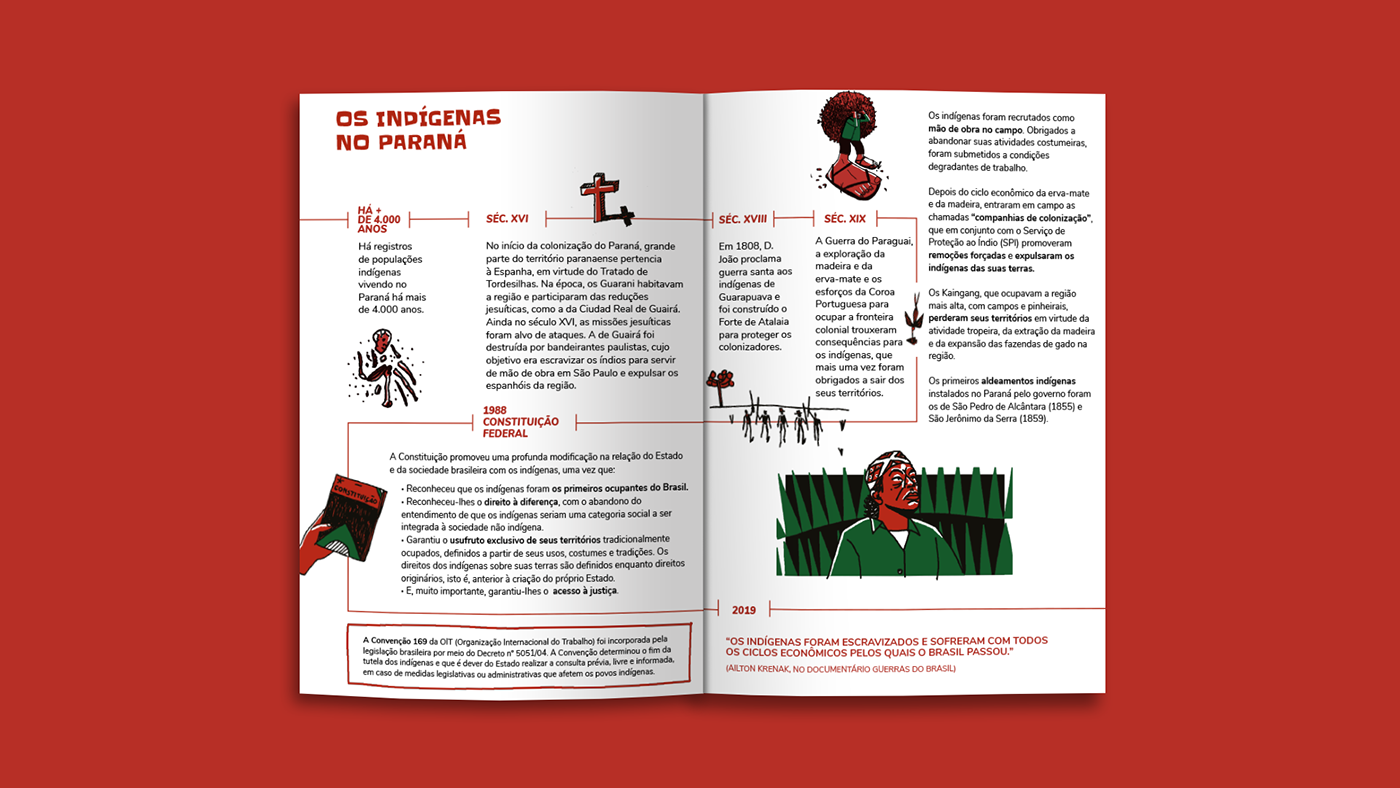

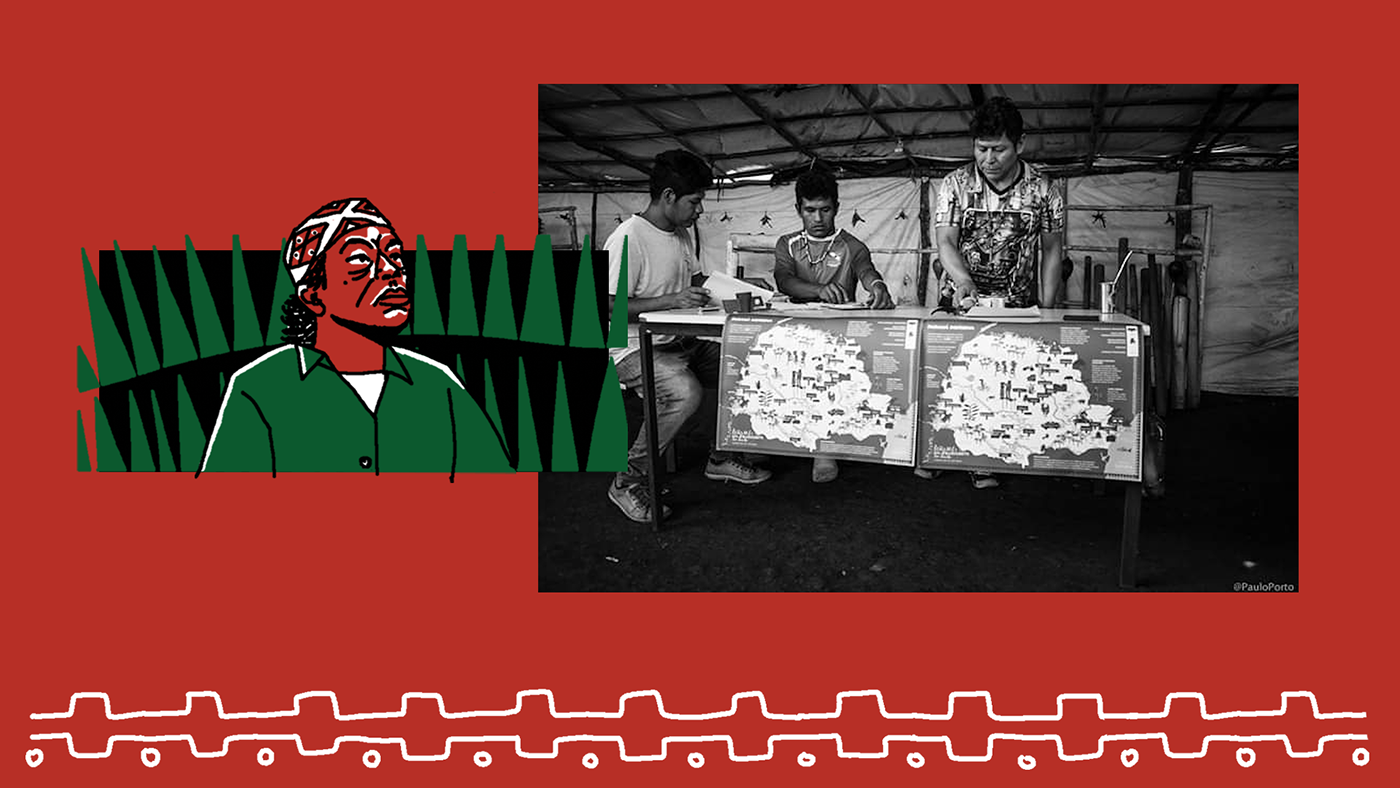
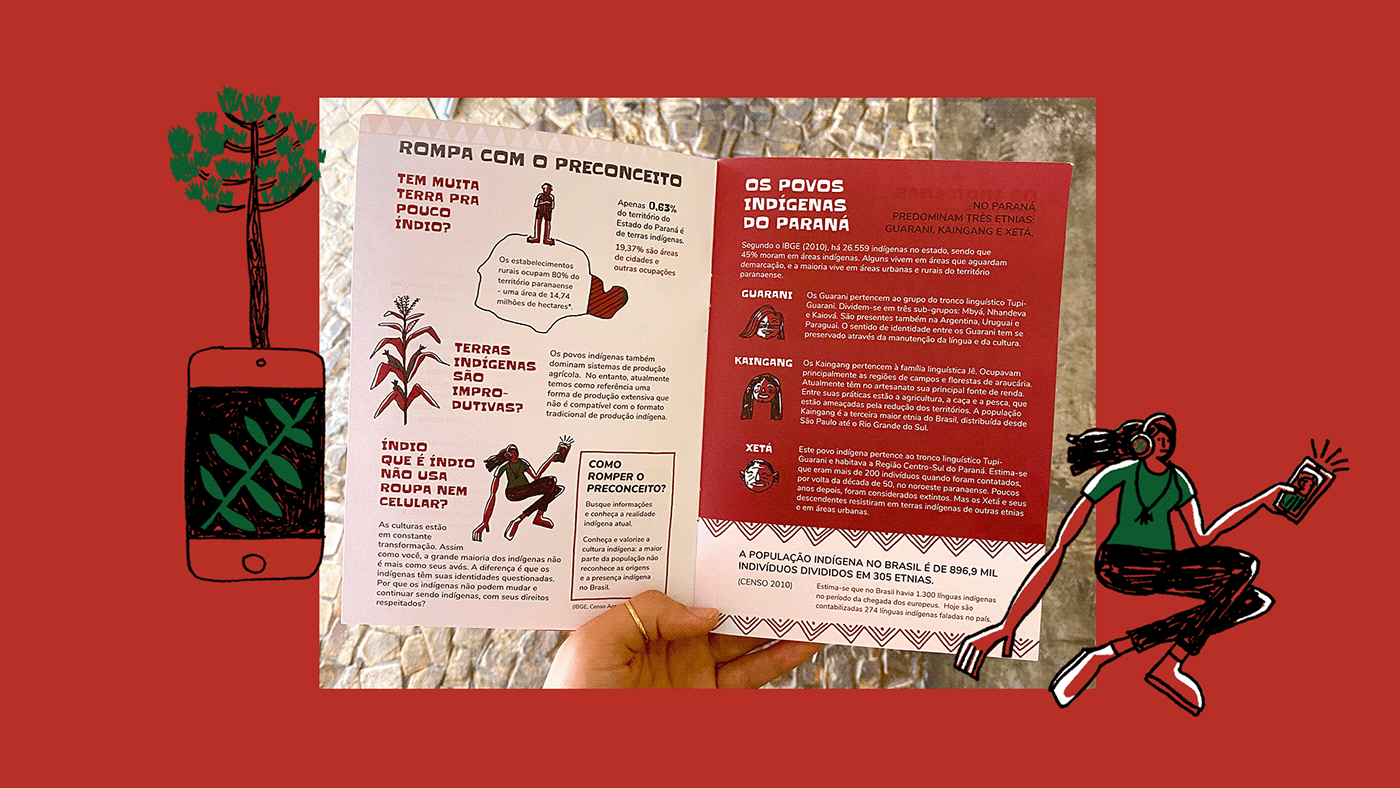
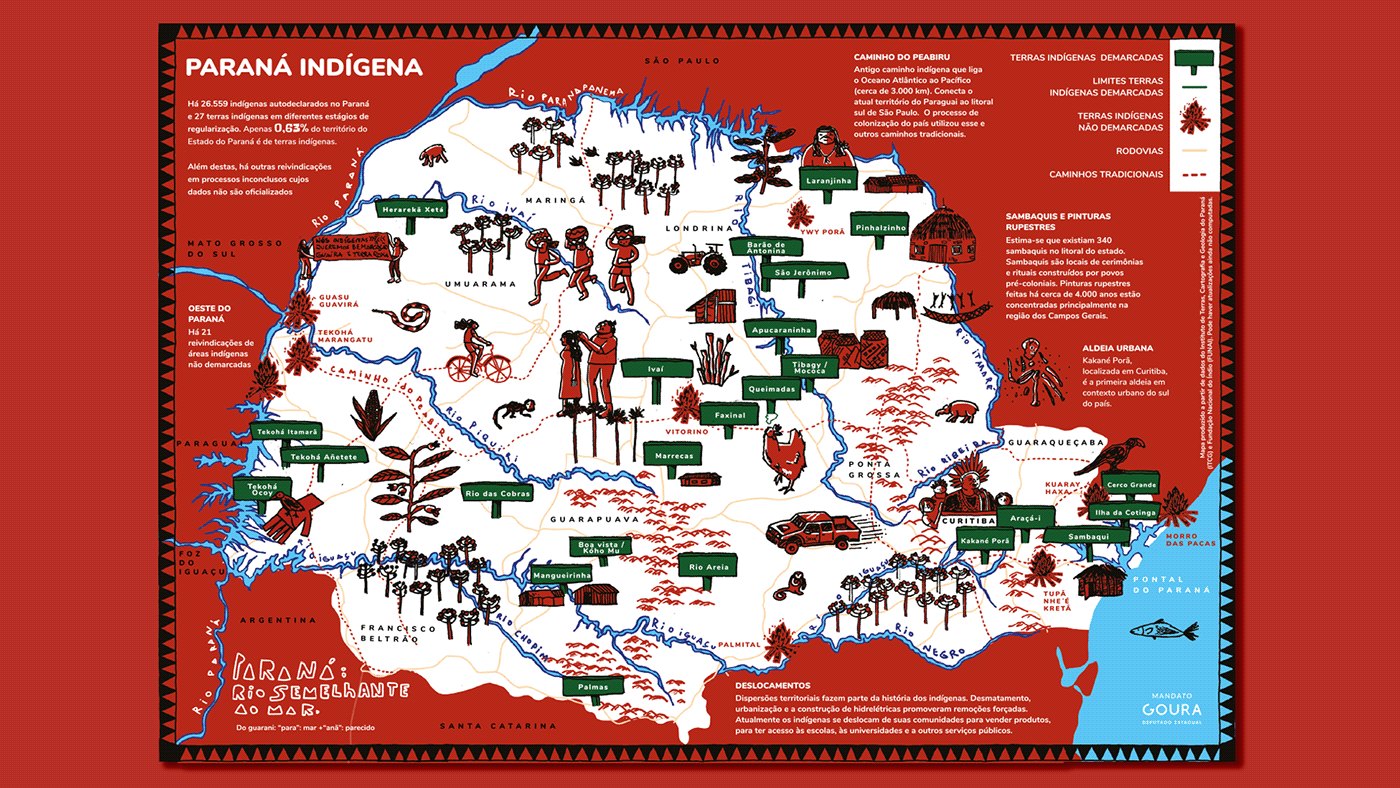


Para ver toda a cartilha acesse o link / To see the entire booklet visit the link:
https://issuu.com/pedropastelbesouro/docs/paranaindigena-cartilha-issuu
https://issuu.com/pedropastelbesouro/docs/paranaindigena-cartilha-issuu
Client: Paraná Indígena. Creative Direction: Gustavo Caboco. Creative Management: Gustavo Caboco & Rafael Ancara. Illustration: Gustavo Caboco. Editorial Design: Dora Suh. Account Management: Lucia Angélica. Proposal: Mandato Goura. Content: Carlos Barbosa, Isabela Perotti, Luza Basso Driessen. Acknowledgement: Nyg Kaingang, Lays Gonçalves, Caroline Lemes, Ivo Reck, Mauro Leno, Paulo Porto, Tainara Oliveira.
